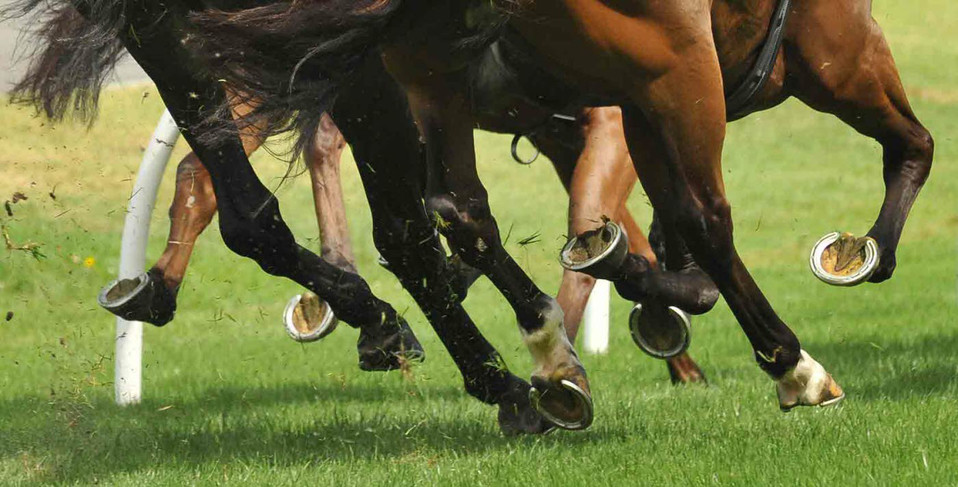Addressing unwanted behaviour in performance mares and fillies
05 Jun 2017
Unwanted behaviour in mares and fillies can have a significant impact on their performance across a range of equine competition events.
At the Australian Veterinary Association (AVA) Annual Conference tomorrow, Dr. Simon Robinson from the Victorian Equine Group will discuss the most common types of unwanted behaviour seen in female horses and ways to manage it.
“The types of behaviours that are commonly reported as ‘unwanted’ include aggression, sexual-like behaviour, and resentment or unwillingness to work or perform.
“All of these can have an adverse effect on training and performance at competition or racing and can impact the safety of riders and handlers.
“It’s important to remember that not all types of unwanted behaviour are abnormal. Sometimes, after we investigate further, we discover the underlying cause and realise the behaviour is justified. So, if an owner does notice their filly or mare displaying unwanted behaviour, they need to seek the advice of their veterinarian who will then work to get to the root cause of the behaviour,” Dr. Robinson said.
Unwanted behaviour in female horses can broadly be categorised into three groups:
- Hormonally-driven behaviour which coincides with the horse’s normal reproductive cycle or may be related to an ovarian tumour.
- Pain or discomfort in response to common stimuli such as items of gear or tack applied to the horse.
- Poor behaviour where there is no detectable underlying cause.
“When investigating unwanted behaviour, it’s useful for the owner to provide the veterinarian with as much detail as possible about the behaviour including when it started, frequency, nature of the behaviour and inciting factors e.g. other horses, humans, gear, locations, environments etc.
“A detailed health history report is also important and ideally it will include any history of illness, injuries, accidents, and appetite.
“The veterinarian will conduct a full physical examination, which includes an investigation of the reproductive system. From there we will be able to determine the cause of the behaviour and develop a management plan to address the problem and correct the behaviour.
“Sometimes, there is no detectable underlying cause and the horse is simply poorly behaved. In these cases, retraining or conditioning the horse to its activity may resolve the behaviour, although it is often time which achieves the desired result. Behaviour modification may also be achieved through changes in workload or type of activity, environment and/or diet, and a veterinarian will work with the horse owner to develop a management plan in these cases,” Dr. Robinson said.
The AVA Conference is being held at the Melbourne Convention and Exhibition Centre, 4-9 June 2017. For more information visit conference.ava.com.au.
For further information and requests for interviews contact the AVA media office on 0439 628 898 or media@ava.com.au.
The Australian Veterinary Association (AVA) is the only national association representing veterinarians in Australia. Founded in 1921, the AVA today represents 9000 members working in all areas of animal science, health, and welfare.
